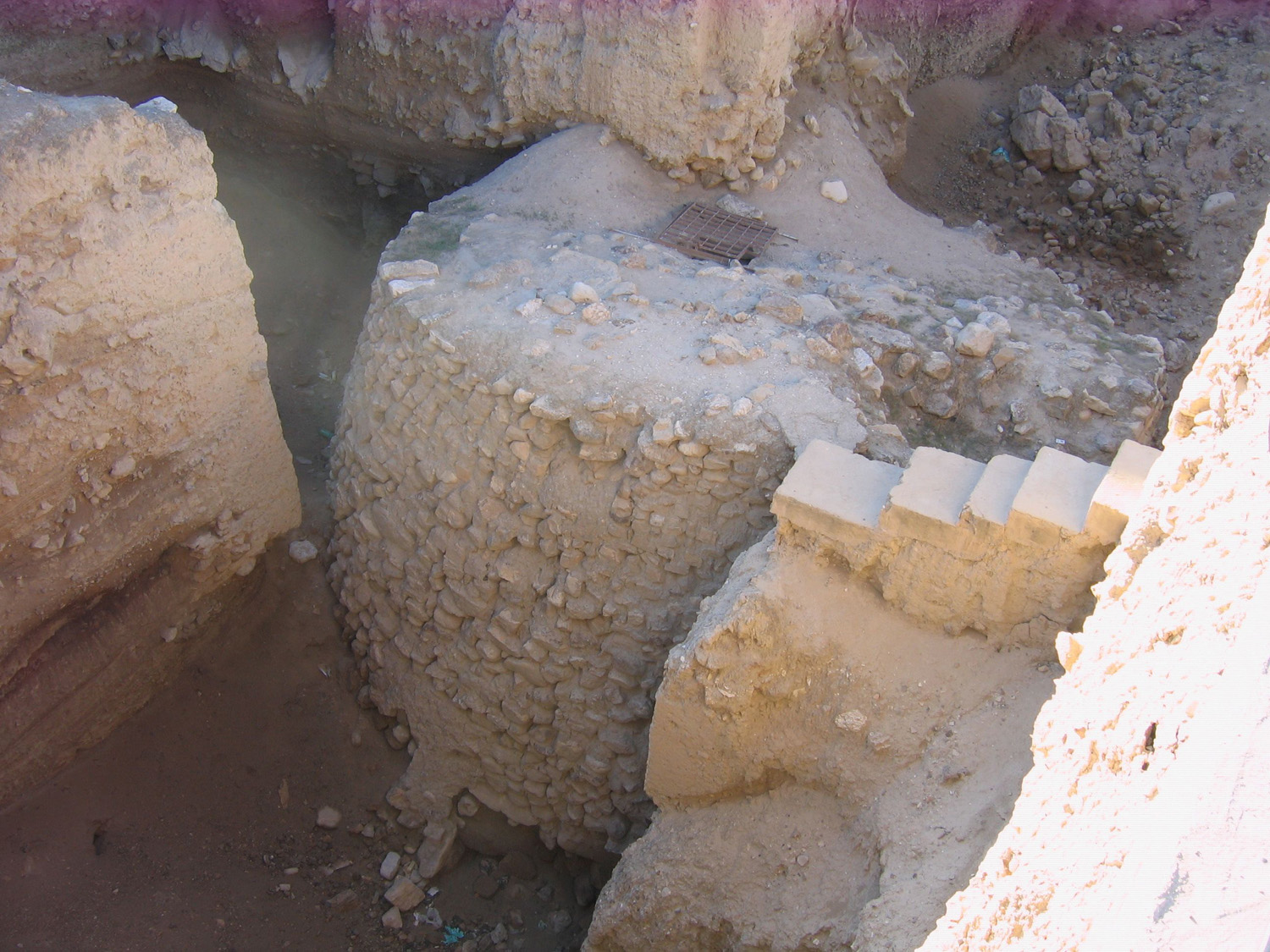Years ago I was invited by a professor to go where few have, into the oldest building in the world. In the ancient city of Jericho there is an archeological treasure in the form of a remarkable tower. This tower, which once loomed three storeys tall over the fertile plains, was found under layers of later city structures which built up around it. By their estimates, this now-famous buried tower is likely the oldest human-made structures ever found, built before the advent of pottery, writing, and the wheel, around 8000 BC.
To my pleasant surprise I was invited to go into this tower, down the 10,000 year old staircase, and into the cool depths of this stunning masterpiece. I sat at the bottom, in the dark, amazed. Archeologists think it would have taken one hundred people about one hundred days to make such a structure, an early sign of civilization and cooperation – one of the great leaps forward by our ancestors. As I emerged from the tower I wondered if those builders could have imagined that their building would still be here ten thousand years later.
There is a builder in Carlton Landing, Oklahoma, Clay Chapman, who has been exploring ways of building homes that last. He is building what he calls the 1000 year home. Using bricks, special mortar, and timeless techniques, his homes are intended to be passed down through the generations, not demolished after a few decades. It is a different way of understanding the cities we build. Instead of homes that may not last 75 years, Chapman believes in a longer vision for how we create neighbourhoods and communities. He says, “Architecture plays the singular role of an active, archival touchstone, tangibly connecting us to the past. Nothing unites us with our ancestors so practically.” His homes, he hopes, will still be here long after he is gone, telling a story for centuries. The oldest house in France, for example, is the 700 year old Maison de Jeanne. it is conceivable that homes today, if built well, could be here well into the future. Such a vision should cause us to pause and wonder: what kind of city are we making?
We are in an age of fast fashion, fast food, and fast entertainment. But there is a movement towards a life that is slower, deeper, and more lasting. Slow food invites us to gather around tables again, and grow more of what we eat. We are discovering that there is more to our city than just a collection of disconnected homes, but that our place matters, and what happens here has an impact. The way we build our homes, our friendships, our businesses, our places of worship and education do not have to reflect the disposable trends advertised to us.
Perhaps we can build our city and our neighbourhoods with an imagination for the long haul. Our neighbourhoods and all that happens here will have a ripple effect that could last for generations, and the foundation we build will decide what that future will look like. Will our grandchildren find a disposable and rootless community or a place that was made to last, made to stand the test of time, and made to bless everyone who calls it home?
Our work is not a sprint, but a marathon. The faith, hope, and love we build together here can last generations, it is in our hands to find a way.
The 1000 Year City

In response to Canada's Online News Act and Meta (Facebook and Instagram) removing access to Canada's local news from their platforms, Anchor Media Inc encourages you to get your news directly from your trusted source by bookmarking this site and downloading the Rogue Radio App. Send your news tips, story ideas, pictures, and videos to info@anchormedia.ca.






